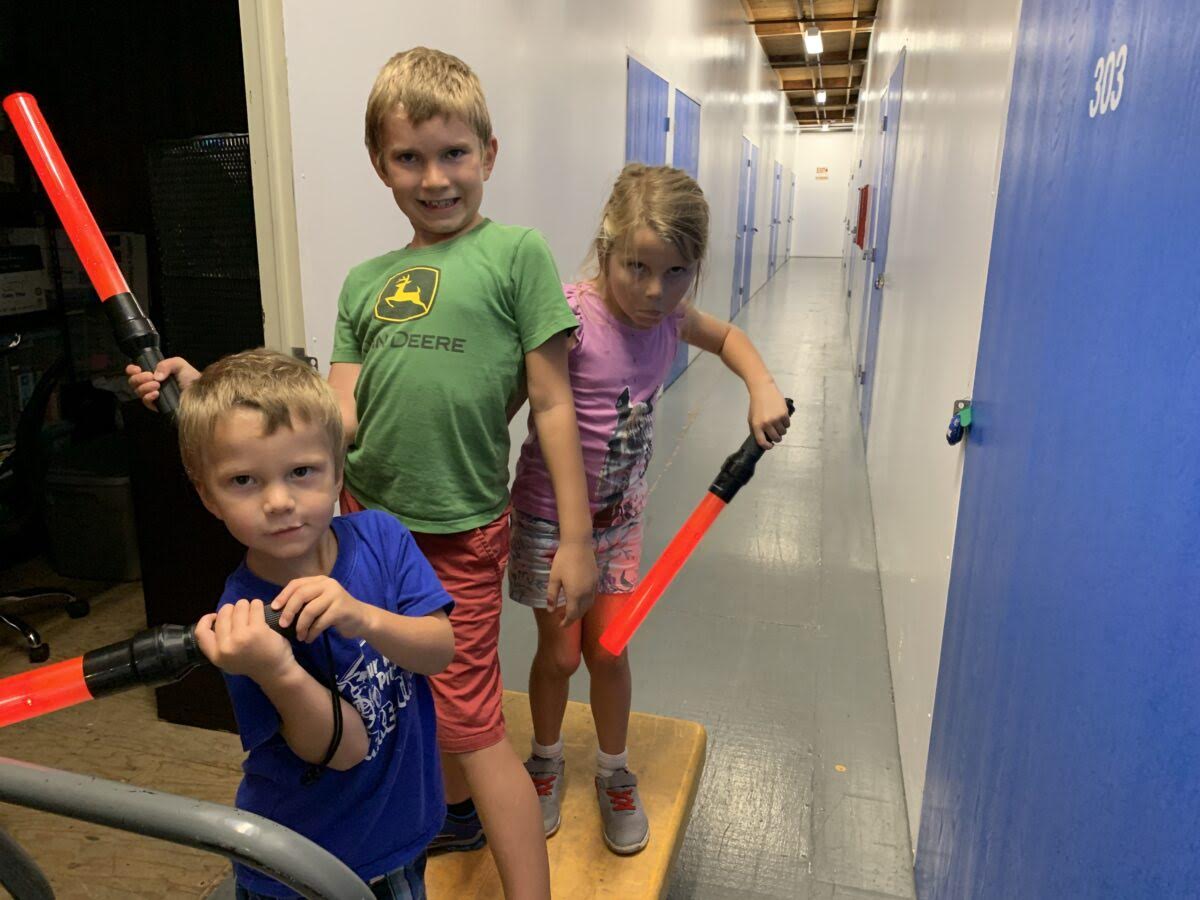Nine Ways to Create a Parent-Inclusive Workplace
It's How to Attract and Retain Top Talent

Many companies build parent-inclusive-environments when a working mother steps into a c-suite leadership role. Visionality is no different, except she was our first employee. When Llewellyn Somers joined Visionality, she was learning to be a first-time mom, and I was learning to be a first-time employer. We built the system together, and I immediately realized the business benefits of having a working parent on the team.
As a tiny company I couldn’t afford to hire a full-time employee. Llewellyn was delighted with the initial five to seven hours a week, transitioning back into work at her own pace, while embracing her new role as a working parent.

Because Llewellyn worked “odd” hours and her availability was subject to the needs of her child, she couldn’t work directly with clients. This enabled her to work on Visionality and help us to steadily grow for nearly 11 years, surviving multiple natural and manmade disasters, and a global pandemic.
Now eight years in, Llewellyn has become our Chief “Figure It Out” Officer. It’s her job to figure out what will bring stability and profit to our company. Little things, like developing our bookkeeping structure so that we have actionable reports to inform our decisions. She created our hiring strategy and compensation practices, resulting in zero turnover during a global pandemic.
Visionality has grown alongside Llewellyn and her family. And, I get to work beside this brilliant woman all because I made a few accommodations. Here are the top nine — one for every year Llewellyn has been a working parent.
(1) Flexible Schedule — Let employees choose when they work. It’s an easy way to increase retention and happiness. Allowing breaks in the workday for school drop off/pick up, taking an evening break for family dinner, then coming back after the kiddos are asleep is not typical, but it’s an easy accommodation to make.
(2) Have a Communications Hierarchy – Llewellyn may only be sitting at her computer for 12 hours a week, but she’s generally “available” the rest of the time. Work tasks are communicated through our team project management tool, tasks in process with outside vendors are handled in email, quick chats and questions are through google chat. If I need an answer before she’s scheduled to work, I’ll text, but only if it truly can’t wait until she’s online next. We reserve phone calls for true emergencies and celebrations that are too exciting to wait!
(3) Work from Home — You know what happens when you have kids? Laundry — lots of laundry. At its base, working from home means you can parse necessary home tasks throughout the day. A global pandemic and multitudes of productivity and happiness studies have proven that, overall, employees prefer to work from home, produce more work in less time, and are happier.
(4) Respecting Boundaries — Llewellyn’s sweet spot is 12 hours a week. Not 13 – that’s when home stuff starts to slip. And not 11 – or she doesn’t feel connected enough to her independence and career.
(5) Empathy — Things change. Our superpower is to adapt. We created a company culture that, when Llewellyn’s babysitter got sick and she was going to miss a team meeting, our response was: Bring your kids with you. Is it distracting when kiddos are in meetings? Yes, sometimes in all the right ways. Is it really that big of a deal? Nope!
(6) Appropriate Responsibilities — Having an employee who doesn’t work traditional office hours can be inconvenient, so it’s important to assign responsibilities that work within the limitations.
(7) Embracing Imperfection — It’s inevitable: Llewellyn’s kiddos will interrupt her meetings. We need to normalize being human at work and lean into the fact that every one of us needs different tools to show up as our full selves. Nobody cares that I need contacts to see my screen and write this article. Llewellyn stepping away to refill snacks should be just as accepted.
(8) Create Growth Opportunities — Operations is a great place for a part time working parent to plug into an organization. An employee probably won’t stick around to check the mail and renew insurance policies for years on end. We have evolved Llewellyn’s responsibilities, and compensation,at the same rate as we would a full-time employee.
(9) Think Long Term — Llewellyn’s responsibilities have expanded and contracted to accommodate the changes in her family. When we learned about baby Number 3, we focused her responsibilities on the non-negotiable list mentioned above. As Llewellyn’s kiddos grow up, head to school, and gain independence, we’ve been increasing her hours. She’s even doing some client-facing projects!
Real talk. Making accommodations to support working parents pays dividends in employee recruitment and retention, sadly because it’s so unique. True, accommodations “cost money.” None of this happens for free. But recruitment and turnover are my biggest overhead expenses. Making accommodations for parents is an incredibly cost effective way to attract and retain top talent and to create a company where people build careers. And frankly, it’s the human thing to do.




You must be logged in to post a comment.